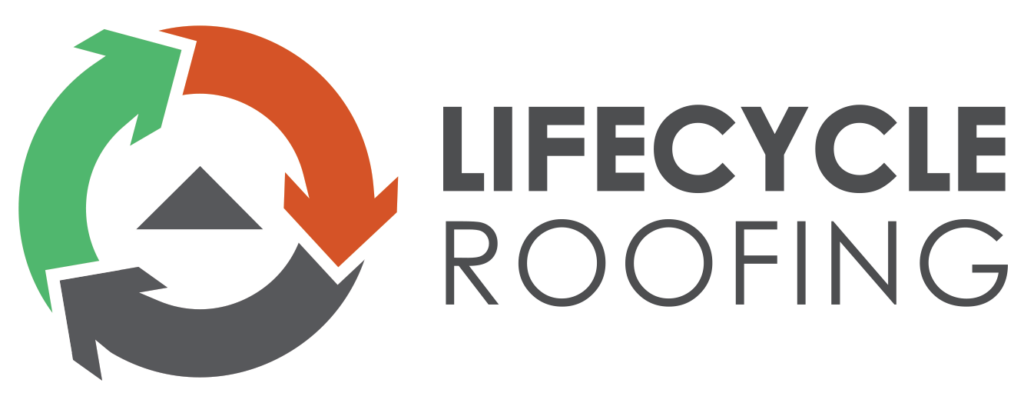Maintaining or replacing the roof of your home is one of the biggest home improvement investments you’ll have to make. But how often does a roof actually need to be replaced? Unfortunately, there’s no straightforward answer. Instead, you have to consider the age of the roof and the damage it’s incurred, among other factors.
At Lifecycle Roofing, we believe in helping homeowners preserve and extend the life of their roof before opting for costly replacements as the last resort. Homeowners can take advantage of our free roofing inspections to get an accurate assessment of damage and make any repairs, with the goal of avoiding replacement until it’s actually necessary.
Regardless, roof replacement is inevitable at some point. Here are a few warning signs to watch for:
Age
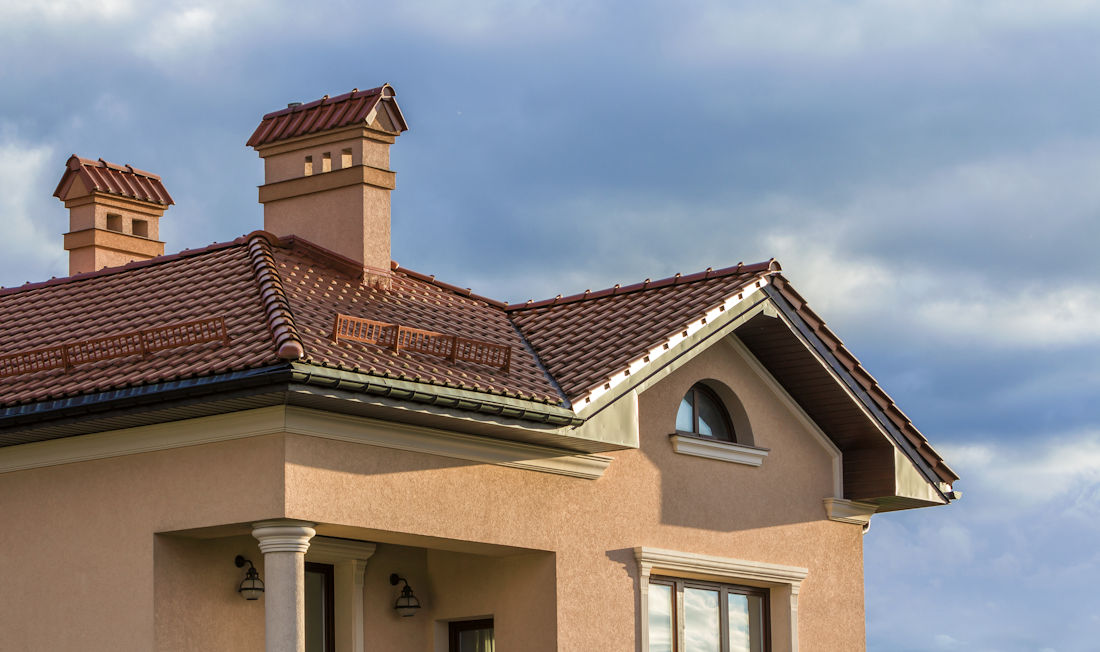
Age is usually the first factor people turn to when trying to determine when it’s time for a roof replacement. Age can be a good indicator, but recommendations like these are only averages and don’t take specific conditions into account. Age should not be used as the sole reason for deciding to replace a roof or not.
With that being said, there are some average roof ages that can help give you an idea, which can be helpful when trying to select a roof material.
- 3-Tab Asphalt: 15-20 years
- Architectural Asphalt: 20-30 years
- Wood: 30+ years
- Metal: 40+ years
- Clay: 50+ years
- Tile: 50+ years
- Slate: 75+ years
Damage
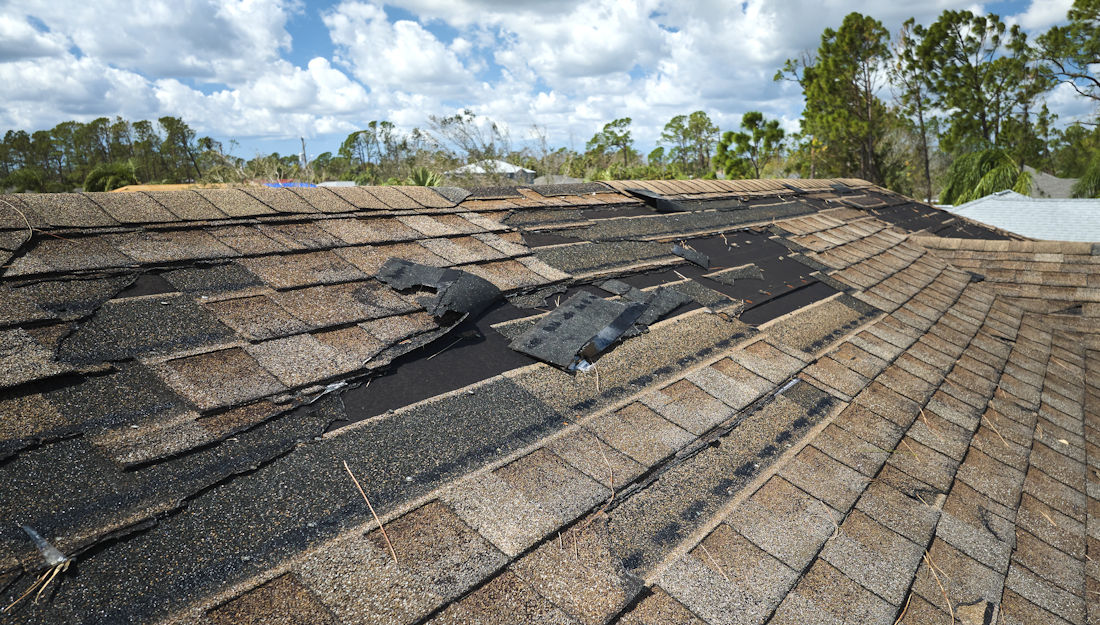
Looking out for damage is far more productive than counting the years since your roof was built. Damage (or the lack of it) is a far more accurate indicator for determining whether your roof needs replacement or just some maintenance.
Asphalt shingles are known to curl and crack over time, exposing themselves to wind and opening up the roof to water. The good news is that shingles can easily be repaired or replaced, and a shingle rejuvenation coating can add years of life to the roof. Other materials like wood, metal and slate may be a little more complicated and expensive to repair, but repairs are always worth it to avoid replacement.
Stay on top of damage by investing in regular roof maintenance. Start with a free inspection to gauge the severity of damage before repairing, restoring and rejuvenating the roof materials. This is the best way to buy more time!
Water Leaks
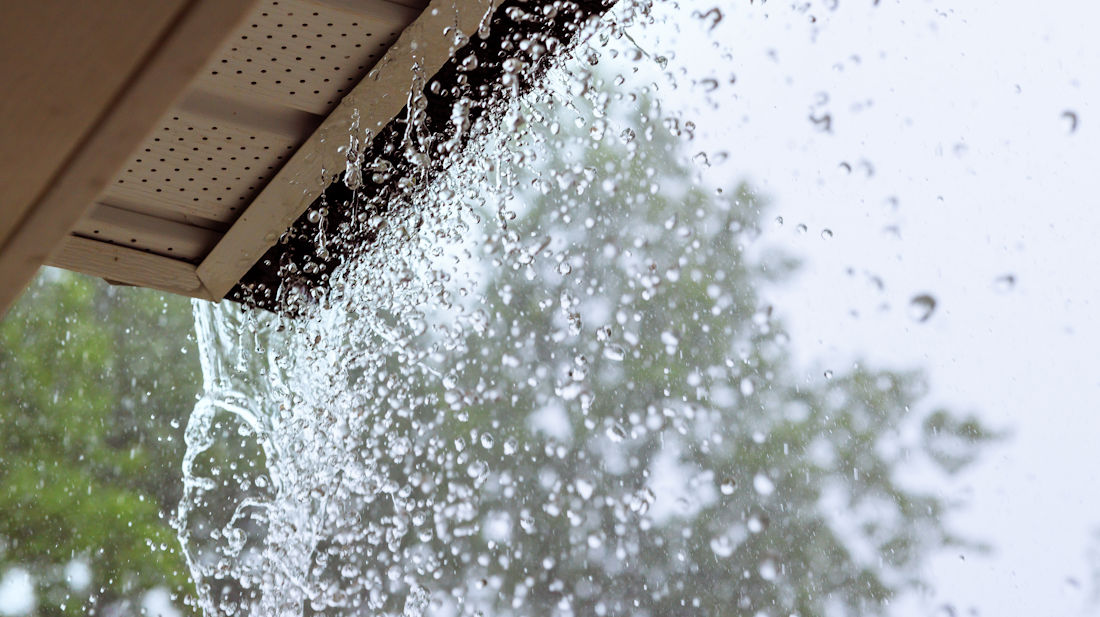
Water leaks are tricky. In some cases, a bad case of water damage could require total replacement, but in other cases the roof can be repaired. It goes without saying that water is the number one enemy of roofs – after all, the number one job of the roof is to protect the home from the elements.
Damaged roof material can invite water inside, along with harsh weather conditions, moss and algae. In more obvious cases of a leak, water will visibly come through the roof, but other cases may be tricky to detect without professional help.
Leak detection and moisture scanning tests are the best way to get an accurate handle on the status of water damage and leakage. At Lifecycle Roofing, we use infra-red scanning technology as a non-invasive method to hunt down problematic areas. We also have thermal scanning, drones, and manual moisture testing equipment at our disposal to determine the severity of leakage.
Sagging Structure
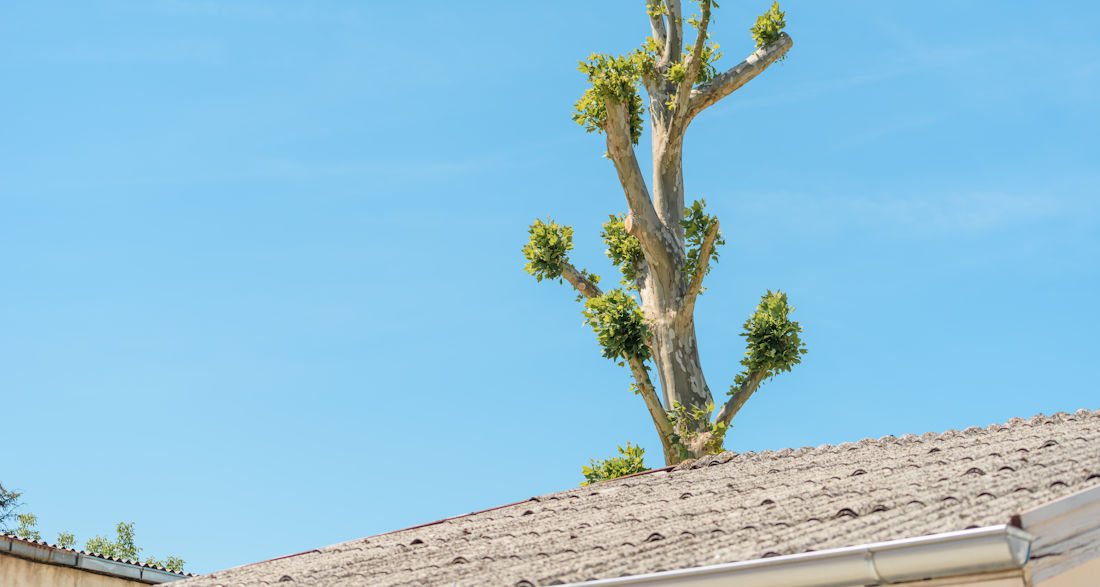
A visibly sagging roof is a sign of severe issues. In this case, it’ll be hard to avoid an inevitable replacement. Sagging is in indication of structural damage, which could lead to complete collapse if not addressed in a timely manner.
Roofs will sag for a number of reasons. It could be a structural weakness of the home itself, improper installation, or excessive roof material weight. Materials like slate and tile are far heavier than traditional asphalt shingles, so there needs to be careful structural considerations before such material is chosen.
Energy Costs
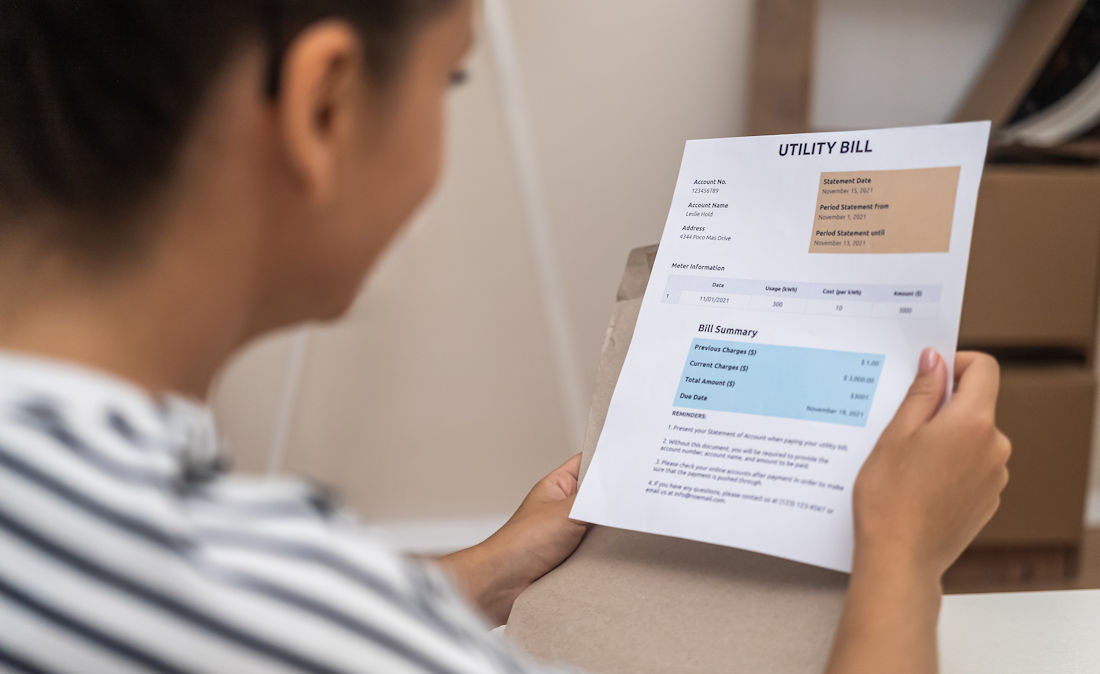
One overlooked indicator that it may be time to replace a roof is rising energy costs. If you’re paying for more energy, that probably means the home is requiring more heat to warm itself in the colder months and more cool air to chill itself during warmer months.
The culprit could be your roof. If the roof materials are damaged or old, air could be escaping, and the insulation could be compromised. This escape of air will cause your home heating systems to work harder, driving up the cost.
Regular Maintenance

Like any major system, regular maintenance is a key to longevity. The roof is no exception. If you’ve neglected roof maintenance for years or even decades, the time for replacement will likely come faster. Prevention and early detection could add years of life.
An annual maintenance plan is the best way to stay on top of things and ensure your roof lasts as long as possible. At Lifecycle Roofing, this service includes two annual inspections and additional post-storm checks. From there, standard maintenance tasks like clearing debris and gutters, repairing shingles, and identifying leaks can be prioritized before they become serious issues.
Climate
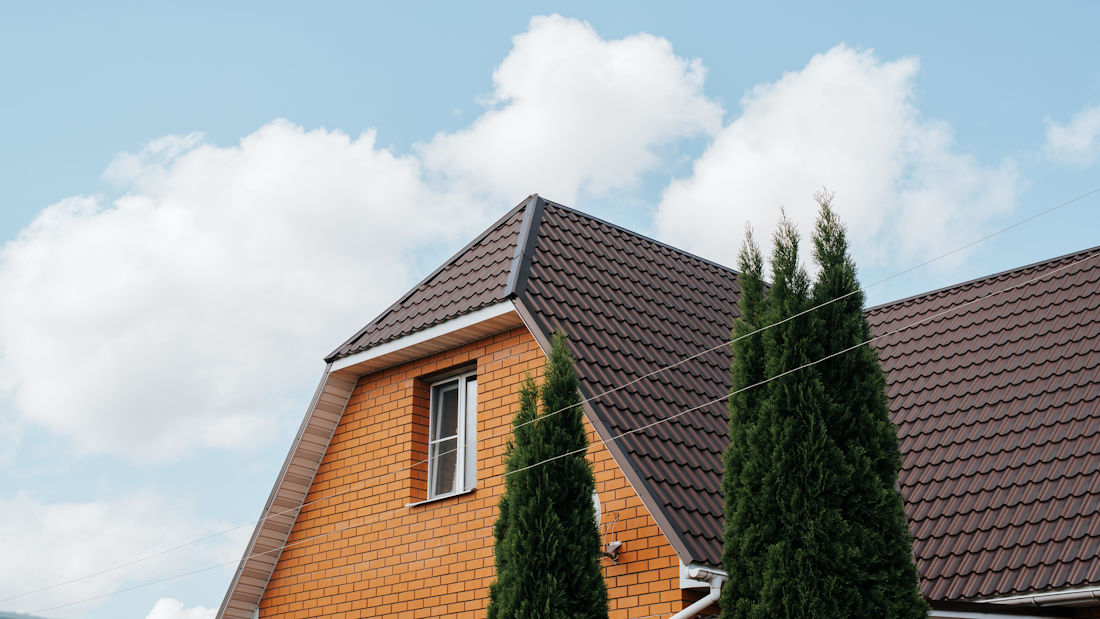
One final consideration to make is the climate in which you live in. Nature of the climate has the ability to dictate the roof’s longevity, maintenance required, and wear and tear of materials.
Fluctuating temperatures including repetitive freezing and thawing can cause materials to expand and contract, leading to cracking and warping. Heavy precipitation can produce deterioration of materials, rot, mold and algae growth. Even high winds can lift and tear shingles, inviting water inside.
In a coastal area like Vancouver Island, extreme temperatures aren’t the issue. Instead, it’s the exposure to rain and wind that can take years off a roof’s life if not properly maintained.
Protect your investment by booking a free roof inspection and staying on top of regular maintenance. You’d be surprised at how much lifespan you can add to your roof while pushing back the need for replacement. Contact Lifecycle Roofing today to learn how we can help you preserve the life of your roof.
